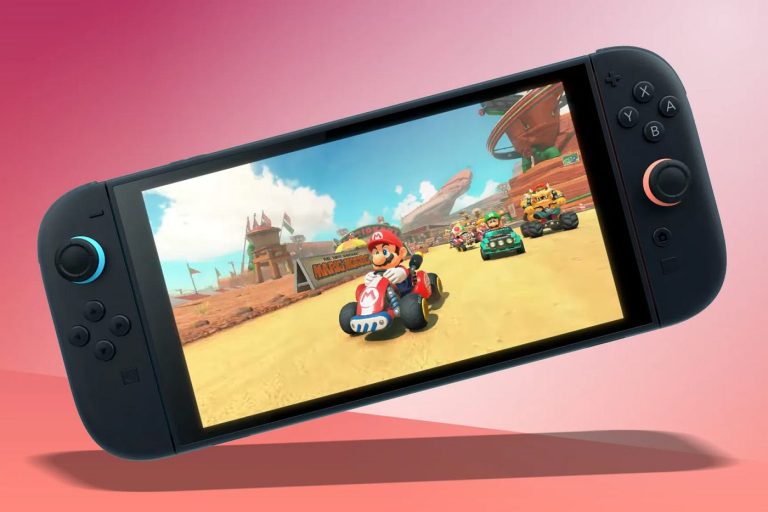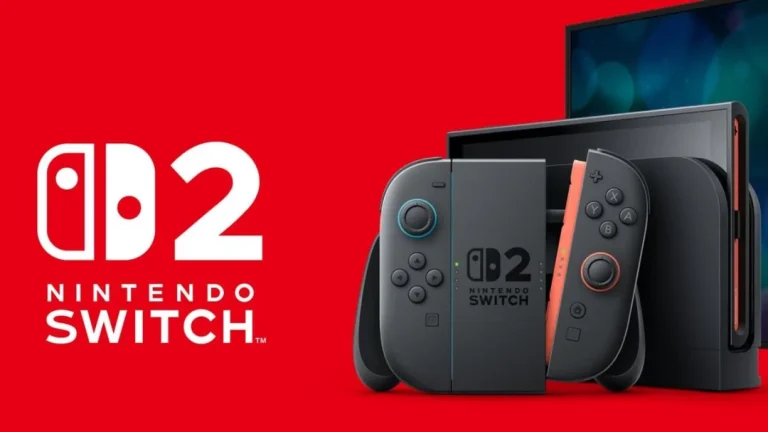Nintendo has officially announced that its much awaited Switch 2 console will be available in the market on June 5, priced at $449.99 in the U.S. The Japanese gaming giant first teased the device in January, and now we have a clearer picture of what to expect.
What’s New in Switch 2?
The successor to the massively successful Nintendo Switch sticks to the hybrid home-portable concept but comes with a host of upgrades. These include a larger display, mouse controls, and a new dedicated chat button on the controller, allowing for easier in-game communication.
Pricing changes depending upon the region, with the standard Japanese version costing 49,980 yen ($334) and a multi-language model going for 69,980 yen ($467). Some analysts were surprised by the pricing, which is higher than anticipated. According to Serkan Toto, founder of gaming consultancy Kantan Games, “Nintendo likely factored in global inflation and the premium pricing of competitors, such as Sony’s PlayStation Pro, which launched last year at $699.99.”
A Smooth Transition for Gamers
With over 150 million units sold, the original Switch became one of Nintendo’s most successful consoles, largely thanks to hit franchises like Super Mario and The Legend of Zelda. Industry experts predict a seamless transition to the Switch 2, given that it retains the core experience of its predecessor while offering enhanced features and a richer ecosystem.
New titles announced include Mario Kart World, improved versions of Zelda games from the original Switch, and a selection of classic GameCube games available through Nintendo Online subscriptions. The inclusion of these beloved titles is expected to draw both longtime fans and new players alike.
Related links you may find interesting
Supply and Market Impact
One concern among investors is whether Nintendo can keep up with demand, especially after supply chain disruptions affected the original Switch. However, analysts at Goldman Sachs estimate that Nintendo is preparing to ship at least 10 million units in the first year, based on the company’s balance sheet data.
Additionally, the pricing difference between Japan and the U.S. suggests that tariffs on imported goods may have influenced the American price tag. The launch also comes at a time when gaming companies are adapting to industry shifts, including the rise of subscription-based services and the growing importance of backward compatibility.
Market Reactions and Future Outlook
Despite the excitement surrounding the Switch 2, Nintendo’s stock dipped by 3% following the announcement, mirroring a 3.5% drop in Japan’s benchmark index. Some analysts believe that while the Switch 2 is an ambitious and premium platform, it may not be enough to justify the company’s current high stock valuation.
Still, Nintendo has a strong track record of innovation, and if it can successfully manage supply and maintain consumer interest, the Switch 2 could be another major win for the company. The transition is being compared to Sony’s move from the PlayStation 4 to PlayStation 5, which saw continued earnings growth with little downside. If Nintendo follows a similar trajectory, it could cement its position as a dominant force in the gaming industry for years to come.




